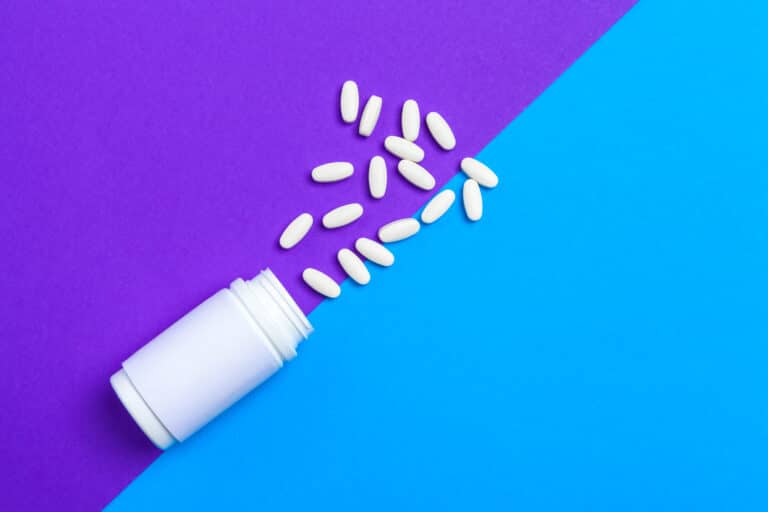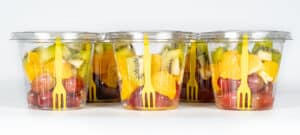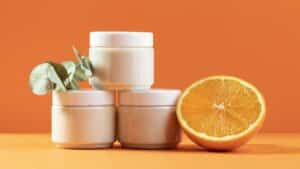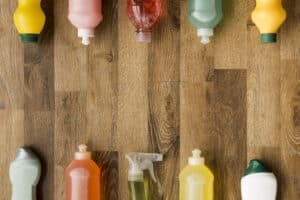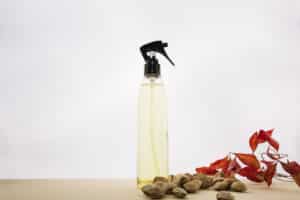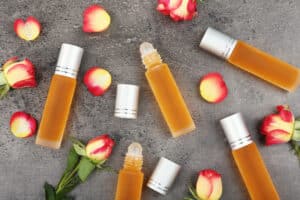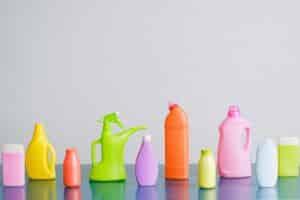When it comes to wholesale pill bottles, one important aspect that often gets overlooked is the role of color. The color of pill bottles can have a significant impact on how people perceive and interact with medication. In this article, we will explore the fascinating world of color psychology and its application in wholesale pill bottles. We’ll delve into the different hues and their potential effects on consumers, as well as provide tips on how to choose the right color for your pill bottles. So, let’s dive in and discover the power of impactful hues!
Table of contents
The psychology of color
Color psychology is the study of how colors can influence human behavior, emotions, and perceptions. Different colors evoke specific feelings and responses, making them a powerful tool in creating the desired impact. When it comes to wholesale pill bottles, choosing the right colors can enhance the overall experience for both patients and healthcare providers.

The impact of hues on wholesale pill bottles
- Calming Blue: Blue is often associated with calmness and tranquility. Choosing a blue hue for pill bottles can create a sense of relaxation and trust, which is essential when it comes to medication. It can help alleviate anxiety and promote a sense of well-being.
- Energizing Red: Red is a bold and attention-grabbing color. It has been shown to increase heart rate and stimulate energy levels. Using red in wholesale pill bottles can create a sense of urgency and encourage patients to take their medication as prescribed.
- Refreshing Green: Green is often associated with nature and health. It has a soothing and refreshing effect on the human mind. Incorporating green hues in pill bottles can evoke feelings of rejuvenation and vitality, making patients more inclined to use their medication consistently.
- Trusted White: White is a neutral color that symbolizes purity and cleanliness. Using white in wholesale pill bottles can create a sense of trust and reliability. It gives the impression of a professional and trustworthy product, which is essential in the healthcare industry.
- Nurturing Pink: Pink is often associated with femininity and nurturing. Choosing a pink hue for pill bottles can add a touch of warmth and compassion, which can be particularly beneficial when medication is intended for children or patients in need of extra care.
- Confident Black: Black is a classic color that exudes elegance and sophistication. Incorporating black hues in wholesale pill bottles can create a sense of confidence in the medication and the brand behind it. It can also give a sense of importance and seriousness to the medication.
Tips for choosing the right color
When it comes to choosing the right color for your wholesale pill bottles, there are a few factors to consider. Here are some tips to help you make an informed decision:
- Understand your target audience: The first step in selecting the right color for your pill bottles is to understand your target audience and their preferences. Consider the age group, gender, and cultural background of your customers. Different colors may have varying effects on different demographics.
- Consider branding and packaging: If you have an existing brand or packaging design, it’s important to choose a color that aligns with your brand identity. Consistency in branding creates a strong visual identity and helps build trust with your customers.
- Create a sense of trust and reliability: Colors like blue and green are often associated with trust, reliability, and tranquility. These colors can be a great choice for pharmaceutical products as they convey a sense of safety and reliability.
- Ensure legibility: While choosing the color for your pill bottles, it’s crucial to consider legibility. Avoid using colors that make it difficult to read important information such as dosage instructions or medication names. High contrast between the text and background color is key.
- Use color to differentiate: If you have multiple medications or pill bottle variations, using different colors can help differentiate between them. This can be particularly useful for patients who need to take multiple medications and want to easily identify each one.
Remember, the color of your wholesale pill bottles can make a significant impact on how patients perceive and interact with their medication. By choosing the right color, you can create a positive and reassuring experience for your customers.
Wholesale pill bottles – Conclusion
In conclusion, choosing the right color for your wholesale pill bottles involves considering factors such as your target audience, branding, trust and reliability, visibility and functionality, cultural symbolism, aesthetics, customization options, and customer feedback. By carefully considering these factors, you can select colors that not only meet your functional needs but also appeal to your customers and support your overall branding strategy.
FAQs
1. Why are pill bottles colored?
Colored wholesale pill bottles, often in amber or other dark hues, serve a specific purpose in pharmaceutical packaging. The color of these bottles, particularly amber can protect medications from light. Light-sensitive medications can degrade when exposed to light, particularly ultraviolet (UV) light. The colored bottles act as a barrier, blocking harmful UV rays and minimizing the risk of light-induced degradation.
The choice of color is part of a standardized practice in the pharmaceutical industry to ensure the stability and potency of medications throughout their shelf life. While amber is a common choice, other dark colors may also be used based on the specific needs of the medication. This protective measure helps maintain the quality and efficacy of medications, especially those sensitive to light.
2. Are pill bottles food safe?
Pill bottles are generally not designed or labeled for food storage or consumption. While the plastic used in many pill bottles is safe for the storage of medications, it may not meet the same standards as plastics specifically designated as food-grade.
Wholesale pill bottles may have been in contact with medications, and there is a possibility of residual substances or odors. Additionally, the plastic used in these bottles may not be suitable for food contact, as medications and food have different regulatory requirements.
3. How do you store pills safely?
Store pills safely by keeping them in their original packaging in a cool, dry place away from sunlight and humidity. If you transfer pills, label containers with medication details. Secure medications in a locked cabinet, especially if there are children or pets. Follow recommended temperature storage, regularly check for expired medications, and keep a list of your medications for emergencies.
4. Are pill bottles childproof?
Many wholesale pill bottles are child-resistant, but it’s essential to note that “child-resistant” doesn’t mean “childproof.” Child-resistant packaging can make it challenging for children under the age of five to open the container within a reasonable amount of time. The goal is to prevent accidental ingestions by curious children.
Child-resistant features typically involve a push-and-turn or squeeze-and-turn mechanism that can be challenging for small children to figure out. However, some children may still manage to open these containers, so it’s crucial to store medications in a secure, out-of-reach location to provide an additional layer of safety.

